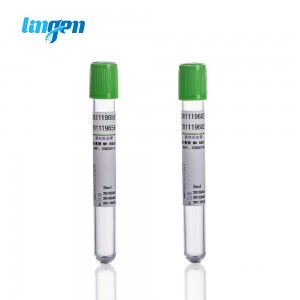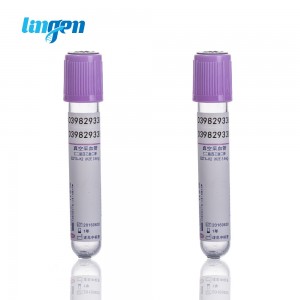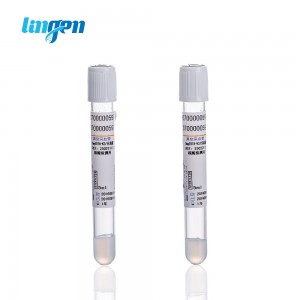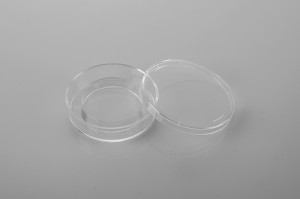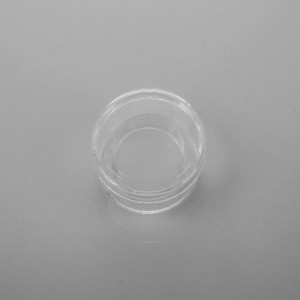Blood Collection Tube Dark Green Tube
Short Description:
Red blood cell fragility test, blood gas analysis, hematocrit test, erythrocyte sedimentation rate and general energy biochemical determination.
1. Selection and injection sequence of vacuum collector
Select the corresponding test tube according to the tested items. The sequence of blood injection is culture bottle, ordinary test tube, test tube with solid anticoagulant and test tube with liquid anticoagulant. The purpose of this sequence is to minimize the analysis error caused by sample collection. Blood distribution sequence: ① sequence of using glass test tubes: blood culture tubes, anticoagulant free serum tubes, sodium citrate anticoagulant tubes, and other anticoagulant tubes. ② The sequence of using plastic test tubes: blood culture test tubes (yellow), sodium citrate anticoagulation test tubes (blue), serum tubes with or without blood coagulation activator or gel separation, heparin tubes with or without gel (green), EDTA anticoagulation tubes (purple), and tubes with glycemic decomposition inhibitor (gray).
2. Blood collection position and posture
Infants can take blood from the inner and outer edges of their thumbs or heels according to the method recommended by the World Health Organization, preferably the vein at the head and neck or the anterior fontanelle vein. Adults choose the median elbow vein, dorsum of hand, wrist joint, etc. without congestion and edema. The vein of individual patients is on the back of the elbow joint. Outpatient patients take more sitting positions, and patients in ward take more lying positions. When taking blood, ask the patient to relax and keep the environment warm to prevent vein contracture. The binding time should not be too long. It is forbidden to pat the arm, otherwise it may cause local blood concentration or activate the coagulation system. Try to choose a thick and easy to fix blood vessel for puncture, so as to make sure to get to the point. The needle entry angle is generally 20-30 °. After seeing the blood return, go forward slightly in parallel, and then put on the vacuum tube. The blood pressure of individual patients is low. After puncture, there is no blood return, but after putting on the negative pressure tube, the blood flows out naturally.
3. Strictly check the validity period of blood collection
It must be used within the validity period, and cannot be used when there is foreign matter or sediment in the blood collection tube.
4. Paste barcode correctly
Print the barcode according to the doctor's advice, paste it on the front after checking it, and the barcode cannot cover the scale of the blood collection tube.
5. Submit for inspection in time
Blood samples are required to be sent for examination within 2 hours after collection to minimize the influencing factors. When submitting for inspection, avoid strong light irradiation, wind and rain, antifreeze, high temperature, shaking and hemolysis.
6. Storage temperature
The storage environment temperature of the blood collection vessel is 4-25 ℃. If the storage temperature is 0 ℃ or lower, it may cause the rupture of the blood collection vessel.
7. Protective latex sleeve
The latex sleeve at the end of the pricking needle can prevent the blood from polluting the surrounding area after the blood collection test tube is removed, and plays the role of sealing the blood collection to prevent environmental pollution. The latex sleeve must not be removed. When collecting blood samples with multiple tubes, the rubber of the blood collection needle may be damaged. If it is damaged and causes blood overflow, it should be adsorbed first and then disinfected.


